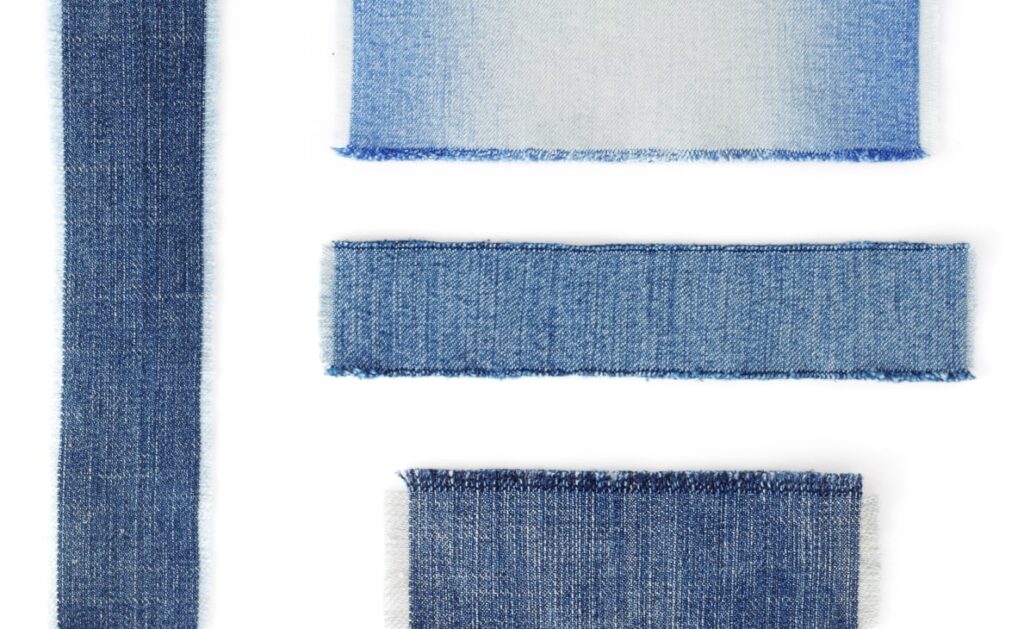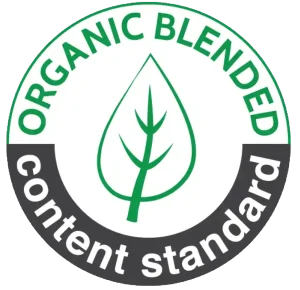In the textile fashion industry, the fabric wash process is a creative stage that transforms raw materials into items with unique styles. From softening and fading to distressing effects, fabric washing plays a crucial role in shaping aesthetics. However, if not performed correctly, this process can lead to incorrect wash effects, causing products to fall short of initial expectations, and even resulting in serious defects that affect quality and commercial value.
This article will delve into analyzing common types of incorrect wash effects such as incorrect color tone, uneven fade, or incorrect mottling. We will explore the causes behind these errors and effective measures for prevention and correction, aiming to ensure your products always meet the design’s quality and aesthetic standards.
1. What is an Incorrect Wash Effect?
Nội dung tóm tắt
ToggleAn incorrect wash effect refers to a condition where a fabric product, after undergoing the wash process, does not achieve the desired aesthetic result as per the standard sample or original design. Instead of having a desired color tone, fade level, or mottled effect, the product displays a different, inconsistent, or undesirable visual defect. This is a serious problem, leading to wasted raw materials, time, and effort, while directly impacting the brand’s reputation.
The causes of an incorrect wash effect are diverse, potentially stemming from fabric preparation, chemical selection, machinery operation, or even water quality. Accurately identifying the type of error and finding its root cause is the first step to effective correction and preventing the recurrence of incorrect wash effects in production.
2. Common Types of Incorrect Wash Effects
The phenomenon of an incorrect wash effect can manifest in various forms, each with its own characteristics and causing a specific impact on the product.
2.1 Incorrect Tone
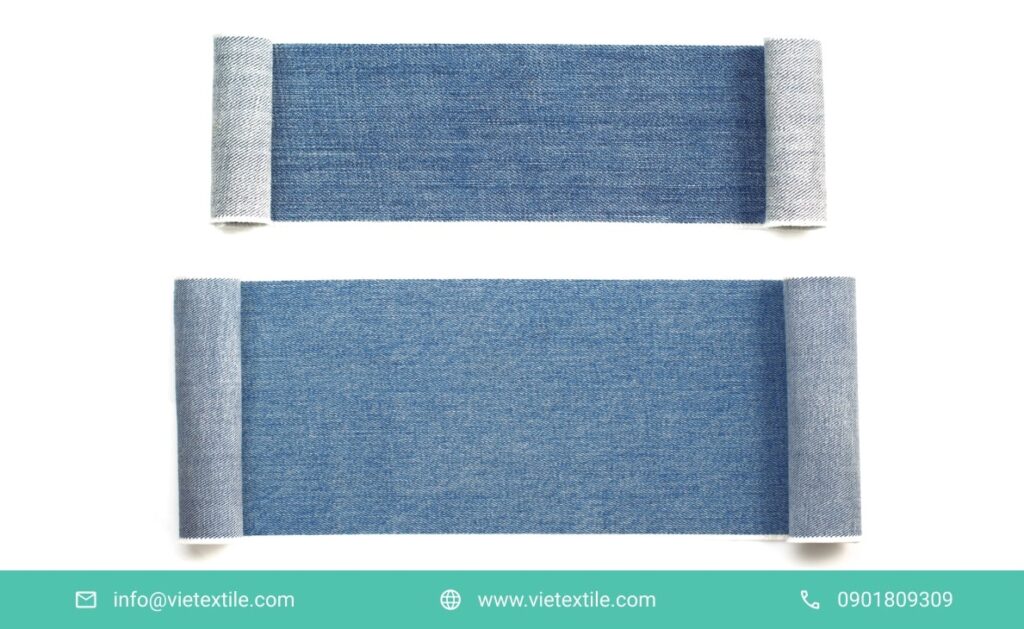
The incorrect tone error occurs when the overall color of the product after washing does not match the required color tone in the design or standard sample. The fabric might be too dark, too light, or deviate in hue (e.g., needing grey-blue but turning out yellowish-blue). This is a very common and easily recognizable type of incorrect wash effect.
- Causes:
- Wrong chemical formula: Incorrect concentrations of bleach, enzymes, or other chemicals, failing to achieve the precise fading level, leading to an incorrect wash effect regarding tone.
- Non-standard wash time and temperature: Washing time too short or temperature too low will prevent the fabric from fading to the desired tone. Conversely, too long or too hot will cause excessive fading.
- Inconsistent initial fabric quality: If the raw fabric has inconsistent color tone or dye absorption capacity, the wash result will also not achieve the standard tone.
- Poor process control: Fluctuations in wash parameters (pH, water ratio) throughout the process.
- Impact: The product fails to meet aesthetic requirements, cannot be paired with other products in the same collection, or does not align with brand identity. This makes it difficult to sell products due to an incorrect wash effect.
2.2 Uneven Fading
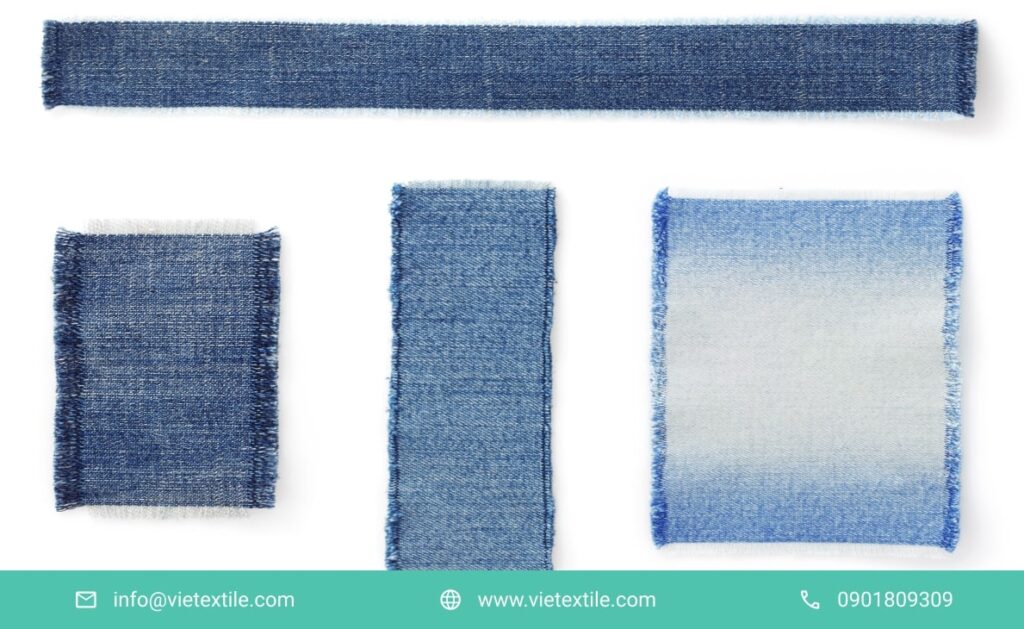
Uneven fading refers to a condition where the product’s color fades inconsistently, creating unwanted light/dark areas or asymmetrical fade lines. Unlike deliberate mottled effects, uneven fading is a type of incorrect wash effect that indicates a lack of professionalism in the process.
- Causes:
- Uneven chemical distribution: Wash chemicals are not uniformly dispersed or exposed to the entire fabric surface, causing some areas to be more strongly affected and fade more.
- Inconsistent mechanical action: In stone wash or enzyme wash, if the fabric gets stuck in the machine, is not continuously agitated, or if stones/balls concentrate in certain areas, it will cause uneven abrasion and fading.
- Fabric tangling or folding: When fabric tangles or folds in the washing machine, the areas inside the folds will have less contact with chemicals and mechanical action, leading to an incorrect wash effect with asymmetrical fade lines.
- Residue/impurities on fabric: Remaining impurities on the fabric hinder the uniform fading process.
- Impact: The product looks low-quality, loses its professional appearance, reduces perceived value, and can lead to customer rejection due to an incorrect wash effect in color.
2.3 Incorrect Mottling / Streaking
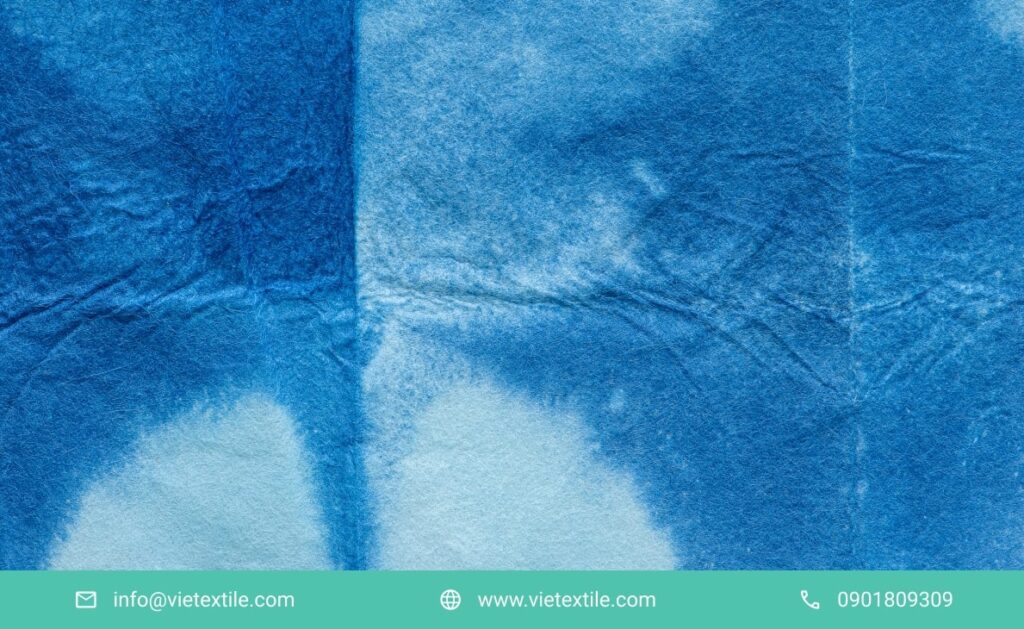
Incorrect mottling occurs when the mottled effect or streaks on the fabric do not achieve the desired shape, position, or intensity as per the design, or when random, unnatural blotches appear. This differs from intentional mottled washes and is a serious type of incorrect wash effect.
- Causes:
- Overdosing chemicals or incorrect technique: Especially in acid wash, if chemical concentration is too high or spraying/impregnation is improper, it can create overly large, uncontrollable white patches.
- Water issues: Hard water or water contaminated with heavy metals can react with wash chemicals, creating unwanted stains or mottling.
- Faulty washing equipment: Old washing machines, uneven drums, or clogged chemical spraying systems can cause uneven chemical distribution, leading to an incorrect wash effect in the form of wrong mottling.
- Incomplete neutralization: Residual bleaching or acid chemicals not thoroughly neutralized after washing can continue to react, causing abnormal stains or mottling later.
- Impact: The product’s aesthetics are distorted, unacceptable from a design perspective, forcing costly discarding or reprocessing, causing significant damage due to this incorrect wash effect.
3. General Causes of Incorrect Wash Effects and Solutions
To thoroughly prevent the phenomenon of incorrect wash effects, it is necessary to consider the entire production chain and implement comprehensive quality control measures from the root.
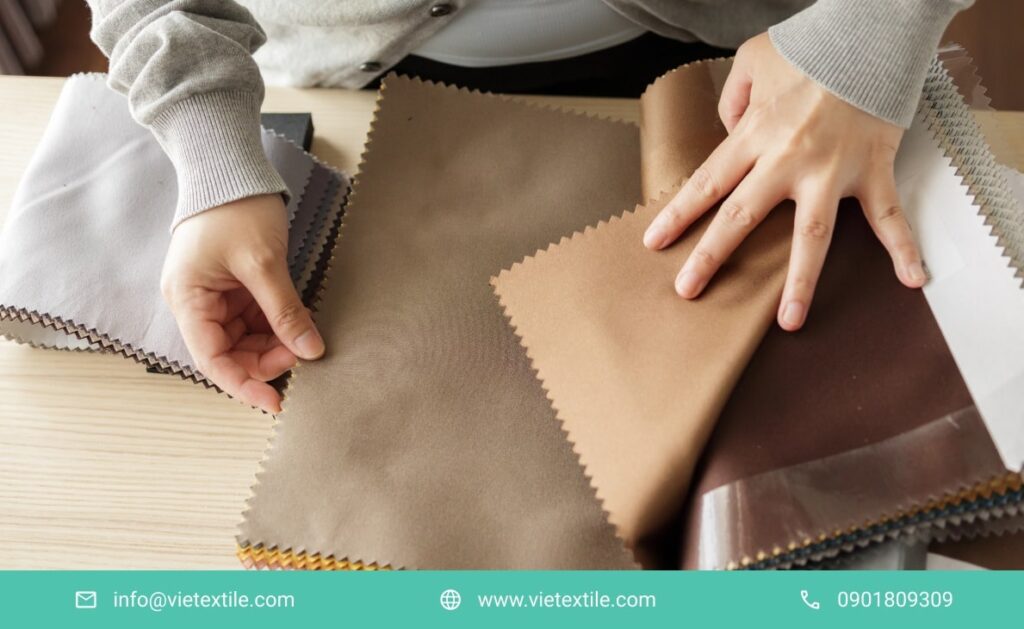
3.1 Substandard Incoming Fabric Quality
- Cause: Unevenly dyed fabric, containing impurities, or having inconsistent fiber structure will react differently to wash chemicals, leading to an incorrect wash effect.
- Solution: Strictly inspect incoming fabric quality. Perform thorough fabric pre-treatment (scouring, desizing) to remove impurities and ensure a uniform fabric surface before washing.
3.2 Incorrect Chemical Selection and Preparation
- Cause: Using low-quality chemicals, chemicals incompatible with fabric/dye, incorrect concentrations, or uneven dilution/dispersion are primary causes of an incorrect wash effect.
- Solution: Only use chemicals from reputable suppliers. Develop precise chemical formulas for each fabric type and effect. Ensure chemicals are fully prepared and dispersed in the wash solution.
3.3 Poor Operation and Parameter Control of Washing Machine
- Cause: Inappropriate water-to-fabric ratio, unstable wash temperature/time, uneven rotation speed, or fabric tangling/getting stuck in the machine. All lead to an incorrect wash effect due to inconsistent exposure.
- Solution: Use modern industrial washing machines capable of precisely controlling parameters. Ensure fabric is continuously and uniformly agitated. Technicians need to be highly trained and strictly supervise the process.
3.4 Inadequate Post-Wash Treatment
- Cause: Residual chemicals not thoroughly rinsed or completely neutralized can continue to react, causing an incorrect wash effect or exacerbating existing defects.
- Solution: Perform multiple rinses with clean water. Use appropriate neutralizing agents and ensure complete removal of chemical residues. Check the pH of the final rinse water.
4. VieTextile: Expert in Preventing and Correcting Incorrect Wash Effects
VieTextile proudly stands as a leading partner in fabric treatment and washing services in Vietnam. We deeply understand the causes of incorrect wash effects and possess advanced technology and processes to prevent and effectively correct these errors.
We commit to:
- Accurate Cause Analysis: Applying in-depth analytical methods to determine the root cause of all types of incorrect wash effects.
- Optimal Remedial Solutions: Developing adjusted wash processes and carefully re-treating faulty products to restore product quality and value.
- Standardized Wash Processes: Establishing and applying strict wash processes, from pre-treatment, chemical selection, machinery operation, to final neutralization and rinsing steps, to prevent incorrect wash effects from recurring.
- Comprehensive Quality Control: Committed to ensuring fabric products after washing achieve uniform aesthetic effects and quality, precisely according to customer requirements.
Let VieTextile accompany you to solve all challenges related to incorrect wash effects and ensure the perfect quality of your fabric products.
5. Frequently Asked Questions (FAQs)
To help our valued customers better understand incorrect wash effects and related services, here are some frequently asked questions:
Q: Can incorrect wash effects be completely fixed? A: The possibility of completely fixing an incorrect wash effect depends on the severity and type of error. Some minor errors can be effectively re-treated. However, severe errors like fabric burning or tearing due to strong chemicals are very difficult or impossible to fully restore.
Q: How does VieTextile ensure no incorrect wash effects in mass production? A: VieTextile implements a multi-layered quality control process: incoming fabric inspection, rigorous lab wash testing, strict control of process parameters (temperature, chemicals, time) using automated systems, continuous monitoring by experienced technicians, and rigorous final product inspection before shipping.
Q: Is there a way to test fabric washability before sewing into products? A: Yes, you should send raw fabric samples or a small quantity of sewn products to VieTextile for wash testing (lab wash). This process helps evaluate the fabric’s reaction to the wash process and predict potential effects, avoiding incorrect wash effects in mass production.
Q: Is the cost to fix incorrect wash effects high? A: The cost to fix an incorrect wash effect depends on the complexity of the error and the quantity of products. Generally, this cost will be lower than completely discarding faulty products and manufacturing new ones, but it is still a significant incidental expense.
6. References & Contact
- Comparing Enzyme Wash, Acid Wash, Stone Wash: Techniques, Effects, and Practical Applications 2025
- Top 7 Common Mistakes When Washing Jeans Fabric and How to Fix Them
- Phu Tho Textile Transforms Green: Innovation for Sustainable Development
- Applying 7 Quality Control Tools in the Garment and Mechanical Engineering Industries
To thoroughly resolve incorrect wash effect issues and ensure the consistent quality of your products, contact VieTextile for in-depth consultation today!
Contact Information:
- Hotline: 0901 809 309
- Email: info@vietextile.com
- Website: https://vietextile.com

